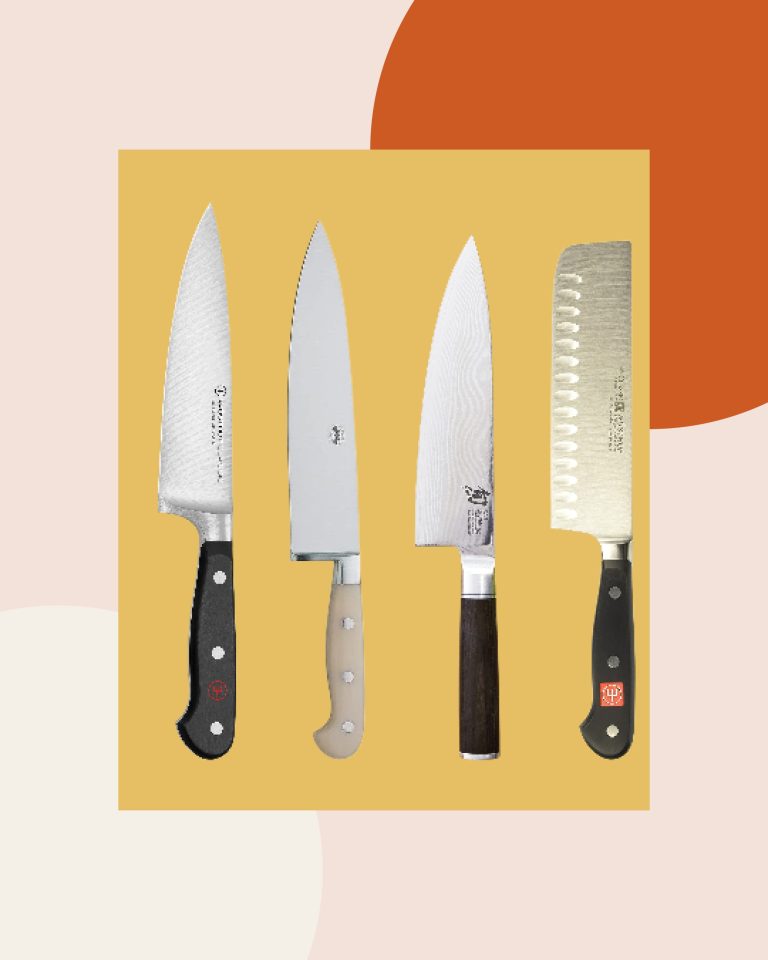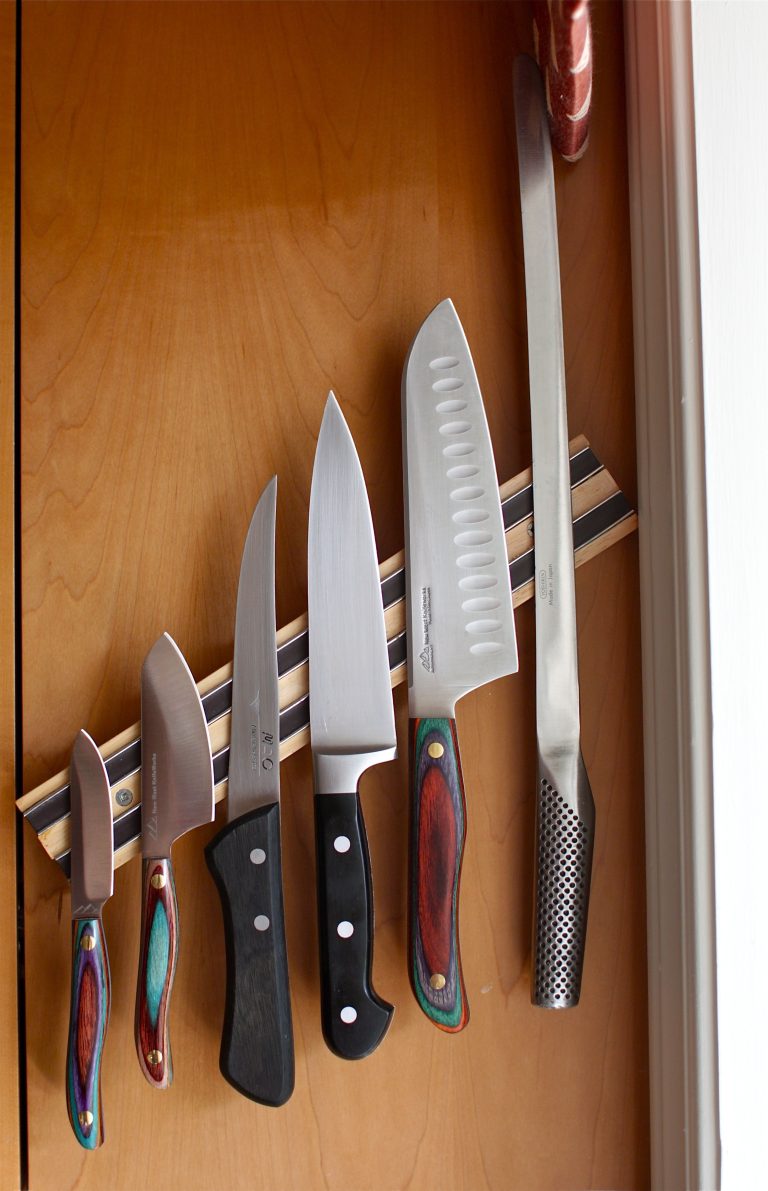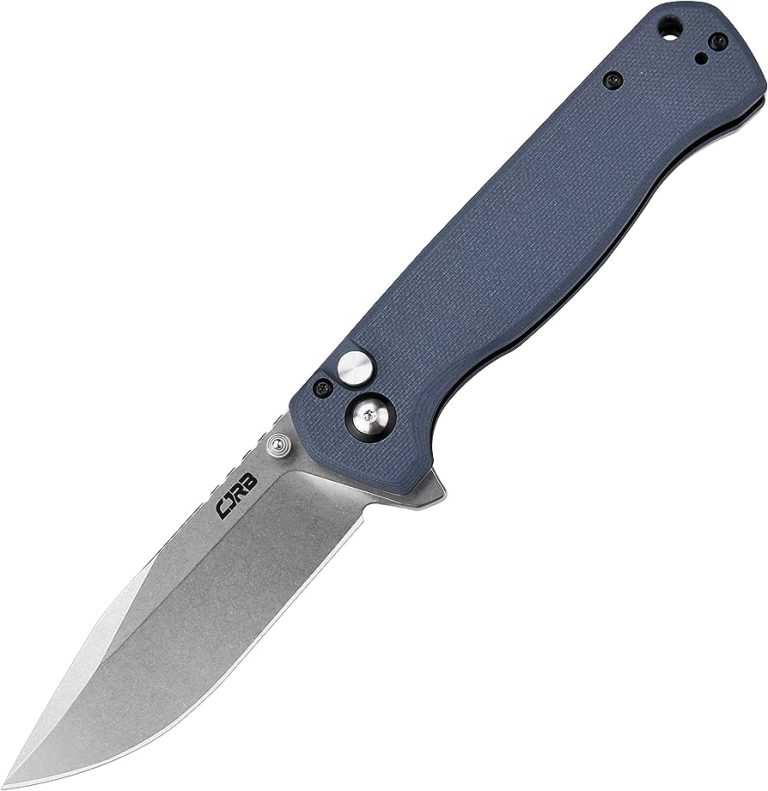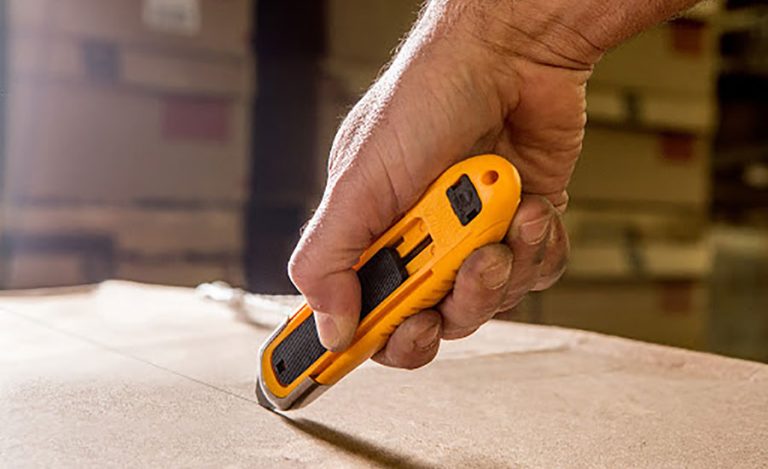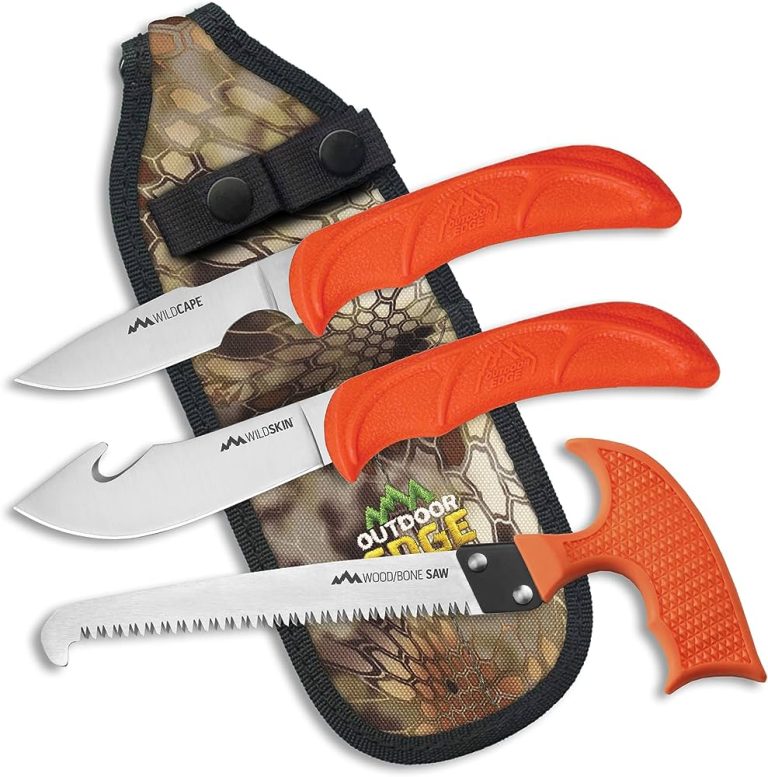Japanese Vs. Western Home Knives: Culinary Differences
Japanese and Western home knives differ in their design, construction, and intended use. Japanese knives are typically lighter, sharper, and have a thinner blade, making them ideal for precision cutting and intricate tasks.
On the other hand, Western knives are heavier, sturdier, and have a thicker blade, providing durability for tasks that involve cutting through tougher ingredients. While both styles have their merits, understanding these culinary differences can help chefs and home cooks choose the right knife for their specific needs.
So, whether you’re looking to slice sushi or chop potatoes, understanding the unique characteristics of each style can elevate your culinary experience.
The Evolution Of Japanese Knives
Japanese and Western home knives have distinct culinary differences, reflecting the evolution of Japanese knives over time. While Western knives excel in heavy-duty tasks, Japanese knives are prized for their precision, sharpness, and delicate techniques, making them perfect for intricate slicing and dicing in the kitchen.
Japanese knives have a rich history and have evolved over time, influenced by traditional techniques and the unique culture of Japan. Let’s explore how these knives have come to be known for their exceptional craftsmanship and cutting performance.
Traditional Japanese Knife-Making Techniques
Japanese knives are crafted using traditional techniques that have been passed down through generations. These techniques include:
- Forging: Japanese knives are typically forged from a single piece of high-carbon steel. The steel is heated, hammered, and shaped into the desired blade shape.
- Hardening: The blade is heated and then quenched in water or oil to increase its hardness. This process, known as tempering, gives Japanese knives their exceptional sharpness and durability.
- Honing: Japanese knives are meticulously honed to achieve a razor-sharp edge. This is done using water stones with varying grit levels to create a finely polished cutting edge.
Influence Of Samurai Culture On Japanese Knives
Japanese knives have been greatly influenced by the samurai culture, which valued precision, discipline, and craftsmanship. Here’s how this influence is reflected in Japanese knife-making:
- Blade shape: The blade shape of Japanese knives, such as the Yanagiba and Santoku, is designed to optimize cutting efficiency and precision. These knives have a single bevel edge, allowing for precise slicing and clean cuts.
- Balance and control: Japanese knives are designed to provide optimal balance and control. The handle is typically made from wood, offering a comfortable grip and allowing the chef to have precise control over the cutting motion.
- Minimalist design: Japanese knives embrace minimalism in their design. The focus is on simplicity and functionality, with clean lines and a sleek profile. This minimalist approach is a reflection of the samurai principle of eliminating unnecessary distractions for heightened focus and concentration.
Japanese knives have evolved through traditional techniques and have been shaped by the influence of samurai culture. Their exquisite craftsmanship and unique design make them highly sought after by chefs around the world. The next time you use a Japanese knife in your kitchen, remember the rich history and culinary heritage behind it.
The Development Of Western Knives
Discover the distinct culinary differences between Japanese and Western home knives, as they each bring unique qualities to the art of cooking. Explore the evolution and development of Western knives, contrasting them with their Japanese counterparts.
Throughout history, the culinary traditions of different cultures have shaped the design and development of knives used in home kitchens. When exploring the differences between Japanese and Western home knives, it’s important to understand the evolution of each style. In this section, we’ll focus on the development of Western knives, specifically examining the influence of European culinary traditions as well as the impact of industrialization and mass production.
The Influence Of European Culinary Traditions
European culinary traditions have played a significant role in the evolution of Western home knives. Here are some key points to consider:
- Rich culinary heritage: Europe boasts a diverse culinary heritage, with each region having its own distinct cooking techniques and food preparation methods. This diversity has influenced the design and functionality of European knives.
- The birth of the chef’s knife: The chef’s knife, also known as the French knife or cook’s knife, is one of the most essential tools in a Western kitchen. Its origins can be traced back to 19th-century France, where it was developed for the demanding needs of professional chefs.
- Versatility and size: European knives, including the chef’s knife, are known for their versatility and larger size compared to their Japanese counterparts. These knives are designed to handle a wide range of tasks, from slicing and dicing to chopping and mincing.
- Curved blade for rocking motion: European knives typically feature a curved blade profile, allowing for a rocking motion during cutting. This design facilitates efficient chopping and makes it easier to maintain a consistent cutting rhythm.
- Western knife shapes: The development of Western knives has resulted in various specialized shapes to suit specific culinary tasks. Some notable examples include the boning knife, paring knife, bread knife, and carving knife.
Industrialization And Mass Production Of Western Knives
As the culinary industry embraced industrialization and mass production, Western knives underwent significant transformations. Consider the following points:
- Introduction of stainless steel: The rapid industrialization of the 20th century led to the use of stainless steel in knife manufacturing. This innovation brought forth knives with enhanced durability, corrosion resistance, and ease of maintenance.
- Standardization of knife production: Industrialization saw a shift towards standardized production processes, allowing for mass production of Western knives. This led to greater accessibility and affordability, making quality knives accessible to home cooks.
- Technological advancements: Advances in machinery and manufacturing techniques further improved the quality and consistency of Western knives. Innovative processes such as laser cutting, heat treatment, and computer-assisted design have revolutionized the production of these knives.
- Ergonomic handles: In response to the growing demand for comfort and control during culinary tasks, Western knives began featuring ergonomic handle designs. These handles prioritize user comfort, reducing hand fatigue and providing a secure grip.
- Commercialization and global reach: The mass production of Western knives facilitated their distribution and commercialization on a global scale. Today, these knives can be found in kitchens across the world, catering to a wide range of cooking styles and techniques.
European culinary traditions have heavily influenced the development of Western home knives. From the versatile chef’s knife to specialized shapes, these knives reflect the rich culinary heritage of Europe. Additionally, industrialization and mass production have made Western knives more affordable and accessible, bringing professional-quality tools to home kitchens worldwide.
Japanese Knife Design And Construction
Japanese knife design and construction emphasize precision and craftsmanship, resulting in a fine balance and razor-sharp edge. In contrast, Western home knives prioritize durability and versatility, offering a sturdier blade for heavy-duty tasks. The culinary difference lies in the unique characteristics of each knife that enhance the cooking experience.
The Emphasis On Balance And Sharpness
Place a strong emphasis on achieving the perfect balance and sharpness. Here’s what sets them apart:
- Balance: Japanese knives are meticulously crafted with a focus on achieving optimal balance between the blade and the handle. This allows for precise control and maneuverability while cutting, resulting in smoother, more efficient movements in the kitchen.
- Sharpness: Japanese knives are renowned for their exceptional sharpness. They are typically sharpened to a finer angle than their Western counterparts, resulting in a keen edge that effortlessly slices through ingredients. The superior sharpness of Japanese knives enhances the overall cutting experience, making tasks like chopping, slicing, and dicing more effortless and precise.
- Single Bevel vs. Double Bevel: Another key difference in Japanese knife design is the use of single bevel and double bevel edges. Single bevel knives, such as the traditional Japanese Yanagiba and Usuba, are sharpened on only one side, resulting in an extremely sharp edge with a more delicate cutting action. Double bevel knives, like the Gyuto and Santoku, have a symmetrical edge, offering a versatile cutting experience suitable for various tasks in the kitchen.
- Weight and Shape: Japanese knives tend to be lighter and have a thinner blade compared to their Western counterparts. This lightweight design allows for greater agility and precision, making intricate tasks like filleting and slicing paper-thin cuts of fish or vegetables easier to accomplish. Additionally, the unique shape of Japanese knives, such as the tall, thin blade of the Yanagiba or the shorter, wider blade of the Santoku, is specifically tailored to optimize their performance for specific culinary techniques.
- Ergonomics: Japanese knife handles are typically designed with ergonomic considerations in mind. They are often slim and rounded, fitting comfortably in hand and promoting a natural grip. The ergonomic handles, combined with the balance and sharpness of the blades, contribute to overall user comfort and reduce fatigue during prolonged use.
It is these careful considerations of balance, sharpness, edge type, weight, shape, and ergonomics that make Japanese knives sought after by both professional chefs and home cooks, elevating their culinary experience to new heights.
Western Knife Design And Construction
The design and construction of Western knives differ from their Japanese counterparts, offering unique culinary advantages in home kitchens. Discover the contrasting styles and benefits of these two knife traditions.
The focus on durability and versatility:
- Western knives are known for their emphasis on durability and versatility, making them a popular choice among professional chefs and home cooks alike.
- These knives are designed to handle a wide range of kitchen tasks, from chopping and slicing to mincing and dicing.
- Their sturdy construction ensures that they can withstand heavy use and the rigors of the kitchen without losing their sharpness or integrity.
- Western knives often feature a full tang design, where the blade extends all the way through the handle, providing added strength and stability.
- The handle is usually made of materials like wood, plastic, or composite, offering a comfortable and secure grip during use.
Modern steel and manufacturing methods:
- Western knives utilize modern steel and manufacturing methods to provide exceptional performance and durability.
- High-quality stainless steel or carbon steel is often used in the blades, making them resistant to corrosion and ensuring long-lasting sharpness.
- These knives are typically precision-forged, resulting in a blade that is exceptionally sharp and retains its edge for extended periods of time.
- Advanced heat treatment techniques are employed during the manufacturing process to enhance the hardness and flexibility of the blade, ensuring optimal cutting performance.
- Western knives may also incorporate unique features like a bolster, a thickened area between the blade and the handle, providing balance and stability while cutting.
Western knives excel in their focus on durability and versatility. With their robust construction and use of modern steel and manufacturing methods, these knives offer long-lasting sharpness and exceptional performance in various kitchen tasks. The next section will explore the design and construction of Japanese knives, providing a comprehensive comparison between the two culinary styles.
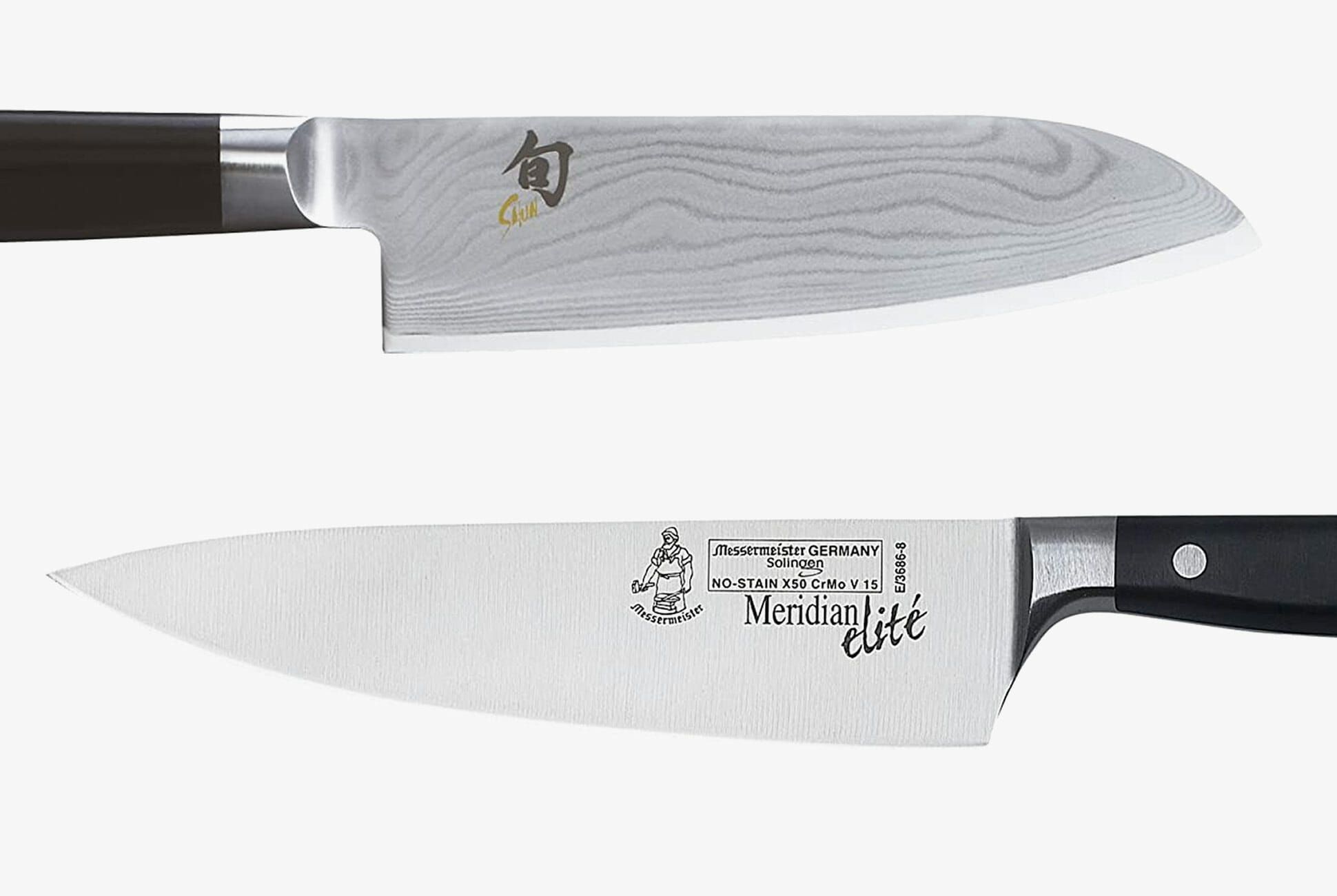
Credit: www.gearpatrol.com
Frequently Asked Questions
How Do Japanese Knives Differ From Western Knives?
Japanese knives differ from Western knives in terms of their design, materials, and cutting techniques.
Do Professional Chefs Use Japanese Knives?
Professional chefs commonly use Japanese knives due to their superior quality and precision.
Why Do Chefs Prefer Japanese Knives?
Chefs prefer Japanese knives for their superior sharpness, precision, and ergonomic design.
What Is The Difference Between Japanese And European Chef Knives?
Japanese chef knives are known for their sharpness and delicate precision, while European chef knives tend to be sturdier and versatile in handling different tasks.
Conclusion
The choice between Japanese and Western home knives ultimately comes down to personal preference and the specific culinary needs of each individual. Both styles offer distinct advantages and characteristics that can greatly enhance the cooking experience. Japanese knives, with their razor-sharp edges and lightweight design, excel in precision cutting and delicate tasks like vegetable preparation and sushi making.
On the other hand, Western knives are known for their heft and durability, making them ideal for heavy-duty tasks such as carving meat and hacking through bones. It’s important to consider factors such as blade material, maintenance requirements, and budget when making a decision.
The most important thing, however, is to find a knife that feels comfortable in your hand and allows you to effortlessly unleash your culinary creativity. So, whether you lean towards the elegance and finesse of Japanese knives or the robustness and versatility of Western counterparts, the world of kitchen knives has something for everyone.

